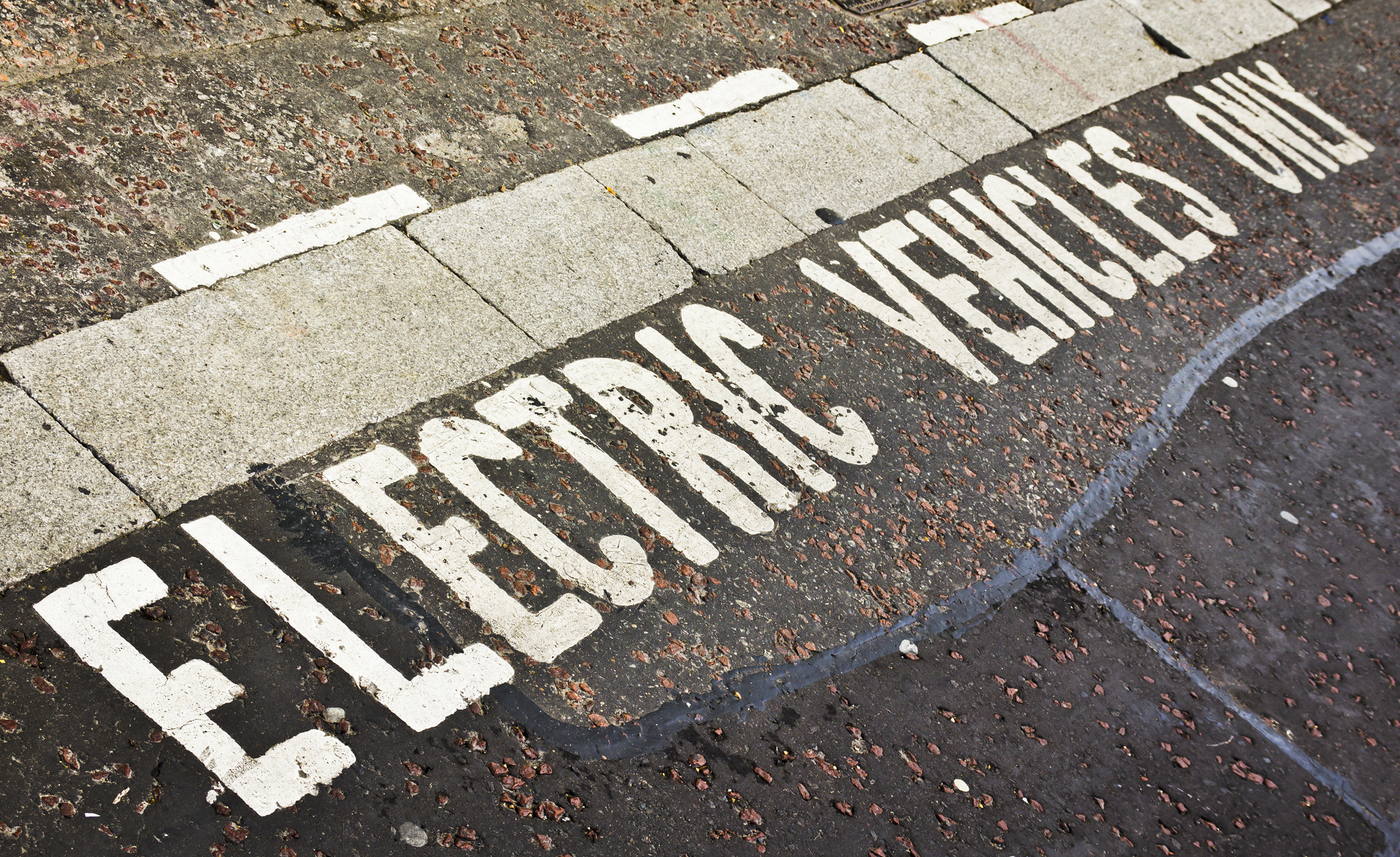The dream of a “green” Christmas can easily be reality. Green can be more than a featured color in holiday decorating.
Consider these five easy “green” ways to deck your halls by focusing on the natural, simplified, reusable or recyclable.
1. Nature as decorator. Spread holiday cheer by benefit of nature’s bounty. Some of the most beautiful and festive holiday decorations for your home can be found in your own backyard, in the produce section of your local grocery or at one of Long Island’s many neighborhood nurseries.
Make use of red or green fruit such as apples and berries, pinecones, fallen tree branches, pinecones, nuts, acorns, cinnamon sticks, stringed cranberries or popcorn around your front door and throughout your home.
Ivy, holly and poinsettia plants always add charm, but just be sure to keep the latter two away from children and pets since they are poisonous if ingested.
Use beeswax or soy candles in your menorah or advent wreath rather than battery or electrically operated choices.
2. Use what you have. No need to go as far as that Charlie Brown-type Christmas tree set up in your college dorm festooned with paperclips, beer cans, and candy-bar wrappers, but the idea of using what you have makes sense.
Purchasing new decorations will not only cost you, but the items themselves will cost the environment in terms of the energy used to produce them, the petroleum consumption if manufactured of plastic, and possibly both in the disposable packaging.
Whether a tree, a mantle or a dinner table, look at last year’s decorations or flea market finds, and group them in new ways — by theme (all snowflakes, all Santas….), by material (all glass, all metal…) or by color (all silver, all red-and-white…). Decorating with vintage family items may bring a remembrance of mantelpieces and trees past. Putting your own spin on them may start new traditions.
3. Make your own. Homemade decorations don’t have to be complicated, or perfect, for that matter. That lopsided angel your son made in elementary school or the hand-carved wooden reindeer your uncle carved can add charm and character, and might even elicit a family story or two.
Other choices might include decorating your tree, evergreen garland or wreath with pinecones and nature’s other offerings, as listed above, or perhaps candy canes or other edibles such as cookies on a ribbon, raffia or string, or ornaments in the form of cut-out snowflakes from paper, or fashioned from recycled fabric, cards, wrapping and other paper, last year’s calendar, extra copies of photos, old magazines, junk mail, and the like.
4. LED or solar holiday lights. A modern-day Hanukah in which one day’s worth of fuel lasts eight would be miraculous and inspiring, but reducing the amount of electricity used for holiday lights can be a bit wonderful in itself. If your home has not yet switched to solar electricity (by the way, rooftop solar panels can withstand Santa’s reindeer and sleigh!), trade those old incandescents or CFLs for light-emitting diodes (LED) or solar-powered holiday lights indoors and out, and use auto-timers.
Both types of lights come in a variety of styles and colors today. Solar ones include icicle strings, snowflakes, and even candy canes, available at major retailers. While solar lights use no traditional energy at all, according to PSEG, LED lights cut energy by up to 96 percent. A typical Christmas light string of old-fashioned incandescent lights uses 35 watts per hour, with a life expectancy of only 3000 hours, while LED Christmas light strings use only 4 watts per hour, and have life expectancies of 100,000 to 200,000 hours, or 20-plus years, and they run cool, reducing worries about fire.
5. The great “green” tree debate. Putting up a non-biodegradable, petroleum-manufactured artificial tree that will sit in a landfill forever doesn’t seem to be the environmentally responsible thing to do, but neither does cutting down a new evergreen every year, does it?
How to resolve this classic debate? If you have an artificial tree, use it, or reuse one someone else no longer wants. If you purchase a real tree, recycle it. In the Town of Hempstead, for example, curbside tree and wreath recycling takes place this year on Wednesdays, January 6th and 13th.
One last possibility: buy a potted evergreen. After the holidays are over, plant it!
By Nancy Hiler via nancy@builtwellsolar.com
Do you have a “green” holiday decorating idea to add? Have you gone “green” in other ways? Are you or your business taking steps to be green? Please email your tip or idea to nancy@builtwellsolar.com. We will credit you if we publish your item in our blog or newsletter.








